It is very important to understand your dog抯 different grooming needs. This begins with understand your dog抯 coat, his coat color and the benefits of the many different grooming areas.
So let抯 go through all of the different aspects of grooming your dog and bring you the understanding that you need to make grooming an enjoyable task for both you and your pet.
Your Dog抯 Coat
Before I get into grooming your dog, I want to go over the different coat types that dog breeds have. When I say coat type, I generally mean the length, texture and even the color. As you are aware, the different coat types will mean different grooming needs so it is important to understand your dog抯 coat.
Coat Lengths
In addition to coat layers, there are actually different coat lengths and they all have different grooming needs. We will go over how to groom each coat type in greater detail later in the book, but for right now, let抯 look at the different coat types that you can find in the canine world.
Short Haired:
The short haired coat is one of the easier coats to care for and it is often combined with a smooth coat type, which we will look at in the next section of this chapter. A dog抯 coat is considered to be short when it is one and a half to two inches in length.
The short coat usually only requires grooming two or three times a week and during those times, the coat usually makes due with a five minute brush down. In addition, the short coat doesn抰 usually require a lot of bathing and usually a short coated breed can go several months between baths.
It is important to note that short haired coats are not non-shedding and not all short haired coats lack an undercoat.
Medium Haired:
The medium haired coat is often paired with the long coat but generally, it is a bit easier to groom. Many times, a medium haired coat can be brushed every other day, however, during heavy shedding periods; the coat may need to be brushed daily.
Medium length coats range in length from two to three inches and while most come with a double coat, not all medium length coats have an undercoat.
Long Haired:
Long haired coats often require the most work and you will need a range of tools to remove mats, reduce tangles and to finish the coat off so it looks tidy and healthy. As with the other coat lengths, not all long haired coats have an undercoat, however, undercoats are very common with this coat length.
The long haired coat starts at three inches in length but can range up to ten or twelve inches in length in some breeds. Generally, the long haired coat needs daily care and you should expect to spend at least fifteen minutes each day brushing it.
Hairless:
The last coat length is hairless, which means that the dog is almost completely free of hair. However, it is important to note that not all hairless dogs are completely hairless and many breed standards call for furnishings, which are hair on the head, feet and tail.
Hairless coats are very easy when it comes to brushing and most owners spend less than five minutes on their dog抯 coat a few times a week. However, there can be a fair amount of time spent with skin care so don抰 believe that a hairless is a maintenance free dog. In addition, a hairless coat does not mean that a dog is hypo-allergenic and you should expect to see dander on your furniture.
Coat Textures
In addition to coat lengths, there are a number of coat textures that every dog owner should understand before they begin grooming their dog. Every different coat type has different grooming needs and can add extra work to your regular grooming routine.
Wiry:
The wiry haired coat is also known as 揵roken?and consists of a very hard coat that is wiry in texture. The coat usually doesn抰 require a lot of day to day grooming but they do need specific care when it comes to stripping their coat, which we will go over in detail in the chapter on wiry haired coats.
The wiry haired coat can be found with an undercoat, which is usually softer than the topcoat and they are often a low shedding breed. They do require their coats to be hand stripped every three or four months and some regular trimming should be done every few weeks. Often, owners will opt to have the wiry haired coat clipped and if that is the case, they should be clipped every six to eight weeks.
Curly:
Curly is often used to describe coats that have a deep wave to a tight curl but the main theme is that the coat has a noticeable curl to it. The curly coat can be soft in texture but usually they are medium in texture.
They usually require more care when it comes to bathing since they take longer to dry but overall, they are usually very easy to care for. Many owners opt to have the coat clipped short and like the wiry coat, if this is done, it should be cleaned up every six to eight weeks.
Curly coats usually have a shorter undercoat but usually they are low shedding coats and many of the popular curly coated breeds today are known as being non-shedding and hypo-allergenic.
Corded:
This unusual coat is only seen in a few dog breeds and it requires a large amount of grooming. The corded coat starts off as a short coat but as the puppy grows, so does the hair, which also begins to wrap together to form corded dreadlocks.
When the dog is young, the coat can be fairly easy to care for but as soon as the cords start to form, extra care has to be taken or the coat will be miscolored and may contain serious bacteria and molds. Cords can grow extremely long, up to eighteen inches in some dogs and they require an owner to be very patient.
While brushing isn抰 as big of an issue, owners will need to move the dreadlocks on a regular basis to check the health of the skin. They will also need to take extra care with drying their dog抯 coats and the corded coat can take several hours to dry properly. In addition, it is recommended that you dry your dog抯 coat with a blow dryer.
Smooth:
The smooth coat is short coat that is very fine. The coat should lay lat against the breed and it is usually a very easy coat texture to groom. The smooth coat does not hold a lot of dirt and usually a five minute wipe down will make them clean and tidy.
Although many people think of a single layer with the smooth coat, a smooth coated dog can have both an overcoat and an undercoat. In addition, shedding can be quite heavy with the smooth coat, regardless of the length.
Silky:
The last coat texture that we will be looking at is the silky coat. This is a coat that is very soft to the touch and is usually long and smooth. The silky coat is generally very shiny and flowing and can be found with both an undercoat and without, although it is commonly seen with one.
Grooming needs for the silky coat requires a bit more work to avoid tangles. Conditioners are recommended; especially before brushing and it is recommended that you blow dry the coat to make it look its best.
Coat Colors
Although many people don抰 think of coat color as affecting their dog抯 grooming needs, it can. With brushing, you wouldn抰 do anything different but where you would see most of the differences is when you dog is being bathed.
I could go into all the different coat colors and patterns but they are so numerous, they would need a chapter on their own, at the very least. The main point is that dogs can come in just about any color and shade. Blues, grays, blacks, whites, browns, reds, and even oranges are commonly seen in many breeds. Combine that diversity in color with a range of patterns including spotted, brindled, parti-color, bi-colored, tri-colored, harlequin, and merle, to name a few, and it can be confusing how to properly groom them.
The biggest recommendation that would be given for the shampoos. It is important to purchase a dog shampoo for your dog抯 coat color. If you have a black dog, don抰 purchase a shampoo that is designed for white dogs. Also, some colors do better with conditioners to bring out the shine.
Lastly, light colored dogs will require more grooming needs to keep them clean and to keep their coat as gleaming as it should be.
Understanding the Double Coat
The last thing that I am going to go over in regards to understanding your dog抯 coat type is the undercoat. To properly understand this, we should take the time to look at all of the different levels of hair in a dog抯 coat. It is important to note that not all dog breeds have all the levels and some may have more or less. On a side note, just because a dog has a short coat, does not mean that they will only have one level.
It can sometimes be overwhelming when you look at it as a whole but basically, coat levels are broken down into four layers and these are:
1. Undercoat: This is a short hair, usually dense and soft in texture, that is found closest to the skin. It is there to provide insulation for a dog and the undercoat also works for weather resistance and also keeps the dog cool during the summer. This is the coat that sees the most shedding and not all dog breeds has this coat layer.
2. Overcoat: This is the longer hairs and is also known as the topcoat or guard hairs. The overcoat is the hair that protects the undercoat and it is usually courser in texture. In addition, the overcoat is commonly stiff and while it doesn抰 shed as much as the undercoat, it can be shed.
3. Tactile Hair: This level of hair actually refers to the facial hairs that a dog has including the whiskers, eyebrows and chin hairs. The tactile hairs serve a different purpose than the other coat hairs and they are used to gather information about the world around the dog. It is interesting to note that tactile hairs, like all other hairs, are shed on a regular basis, however, it is usually at a much slower rate.
4. Skin: While this is not a coat layer, it is an important layer that greatly affects the overall look of your dog抯 coat. The skin should be healthy with good circulation or the dog抯 coat will become dull and may begin to fall out.
In addition, the lack of one coat layer, specifically the undercoat, does not mean that a dog will not shed. All dog breeds can shed, although there are a few non-shedding breeds, and different events will cause them to shed more. Generally, a dog will shed when they are blowing coat, a sudden shift in the temperature, sudden trauma or disease and after they have whelped puppies. In addition, regardless of coat type, with a few exceptions, dogs that reside indoors most of the year are more likely to shed continuously.
Dental Care
Although I will be going into detail about dental care later in this book, I want to take the time just to address dental care in your dogs. As I have mentioned before, dental care is very important for your dog抯 lifelong health.
When you don抰 brush your dog抯 teeth, plague and tartar builds up. This, in turn, leads to gum disease, tooth decay, malocclusion and a number of problems. Many dogs suffer from tooth problems the older they get and many of these problems can be prevented simply by brushing your dog抯 teeth.
Before you launch into the world of dog toothbrushes, however, it is important to understand a dog抯 teeth. Generally, with a few exceptions, puppies start with 28 baby teeth. These baby, or deciduous teeth, will begin to fall out after they are several months old but cleaning them is still very important. Starting at a young age will set habits for you and will accustom your dog to having his mouth touched.
By the time your dog is an adult, he should have about 42 teeth, unless there was some problems in puppyhood. Dental care is not simply brushing the teeth and does require good food, dog chews and regular check ups from the dog抯 owner.
Ear Care
Ear care usually differs depending on your dog breed. Generally, dogs with erect ears don抰 require as much care as dogs with drop ears but neither should they be ignored.
While ear care keeps the ear clean and tidy, especially if you are trimming the coat, it also serves as an excellent way to watch your dog抯 health. Checking the ears regularly means that you are sure to catch infections early and have them treated. In addition, proper ear care can cut down on your dog抯 smell and will keep everyone in the house happy.
In addition to cleaning the ears regularly, you should make sure that you trim the hair, and remove any large mats that are forming in the ear. In addition, keeping the ears dry after bathing or swimming and also using drying agents can go a long way in keeping your dog抯 ears clean.
Nail Care
Nail care is fairly simple and usually just involves trimming the nail and smoothing out any of the sharp edges on the nail. However, with nail care, you should look at the general foot care, which included trimming the hair and also checking the pads of the feet to ensure that there are no cuts or sores.
It is very important to keep your dog抯 nails trimmed. For one, proper nail care means that your dog won抰 be damaging your furniture and floors. In addition, nails that are kept short are less likely to splinter and split, which can lead to serious infections and health problems for your dog.
Properly caring for your dog抯 nails, right from puppyhood will also ensure that your dog is accustomed to people working on his paws and will have fewer problems when going to the veterinarian office.
Skin Care
The final subject that I want to touch on in regards to understanding your dog抯 grooming needs is skin care. While this may not seem like a big thing, unless you have a hairless dog, properly caring for your dog抯 skin is important for overall coat health.
In fact, many of the brushes that you use for your dog will stimulate the skin and this promotes good circulation, which promotes better hair growth and shine. However, more needs to be done to ensure that your dog has healthy skin and you should take the time with each grooming session to go over your dog抯 skin and check for lesions, sores, and rashes.
If you find any skin problems, it should be treated immediately or it will only get worse and the dog抯 overall coat health will as well.
With all of the topics we have discussed in this chapter, it is important to offer your dog a high quality diet. This means that you should avoid foods with a lot of fillers such as meals, sugars and starches and you should find one that is rich in essential fatty acids and proteins.
Proper nutrition will keep your dog抯 skin healthy and will promote the proper levels of oils in your dog抯 coat. This, in turn, will mean a shinier coat, harder nails, stronger teeth and better overall health for your dog. And a healthier dog usually means an easier time with grooming.

 Attention Seeking Dogs
Attention Seeking Dogs
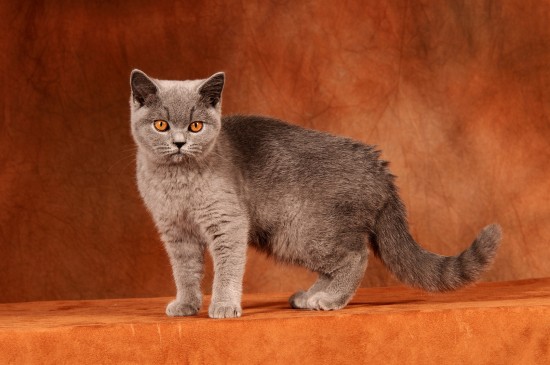 The Feline Calendar – 12 Top Tips To Keep Your Cat Healthy & Happy All Year
The Feline Calendar – 12 Top Tips To Keep Your Cat Healthy & Happy All Year
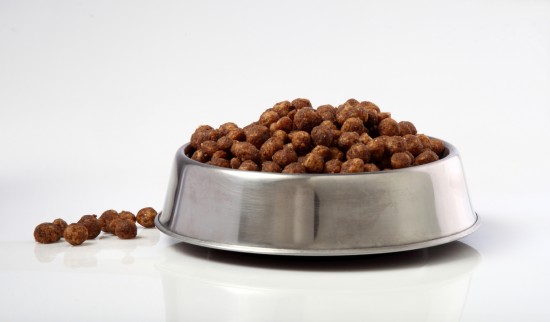 Why Antioxidants & The Six Nutrients Are Essential In A Dogs Diet
Why Antioxidants & The Six Nutrients Are Essential In A Dogs Diet
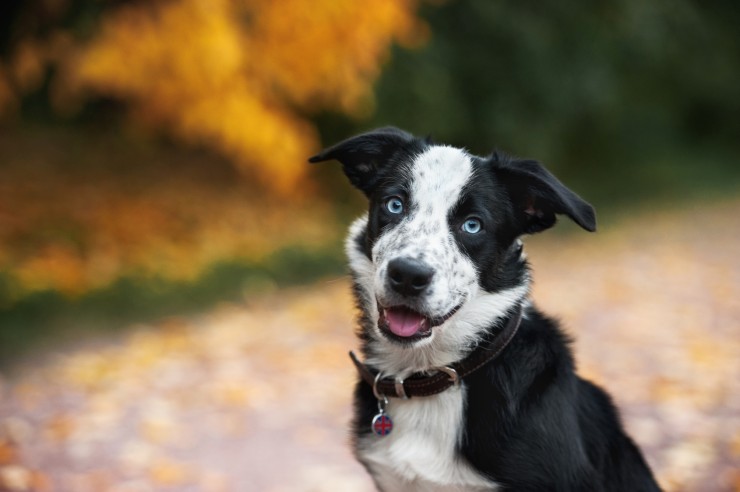 Canine Anorexia - What It Means For Affected Dogs
Canine Anorexia - What It Means For Affected Dogs
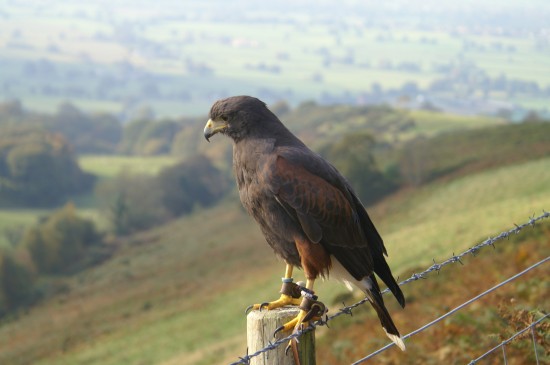 Guide To Beginning Falconry
Guide To Beginning Falconry
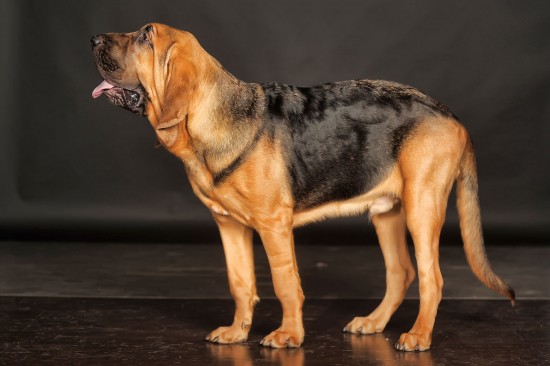 Hereditary Health And Conformation Issues Of The Bloodhound Dog
Hereditary Health And Conformation Issues Of The Bloodhound Dog